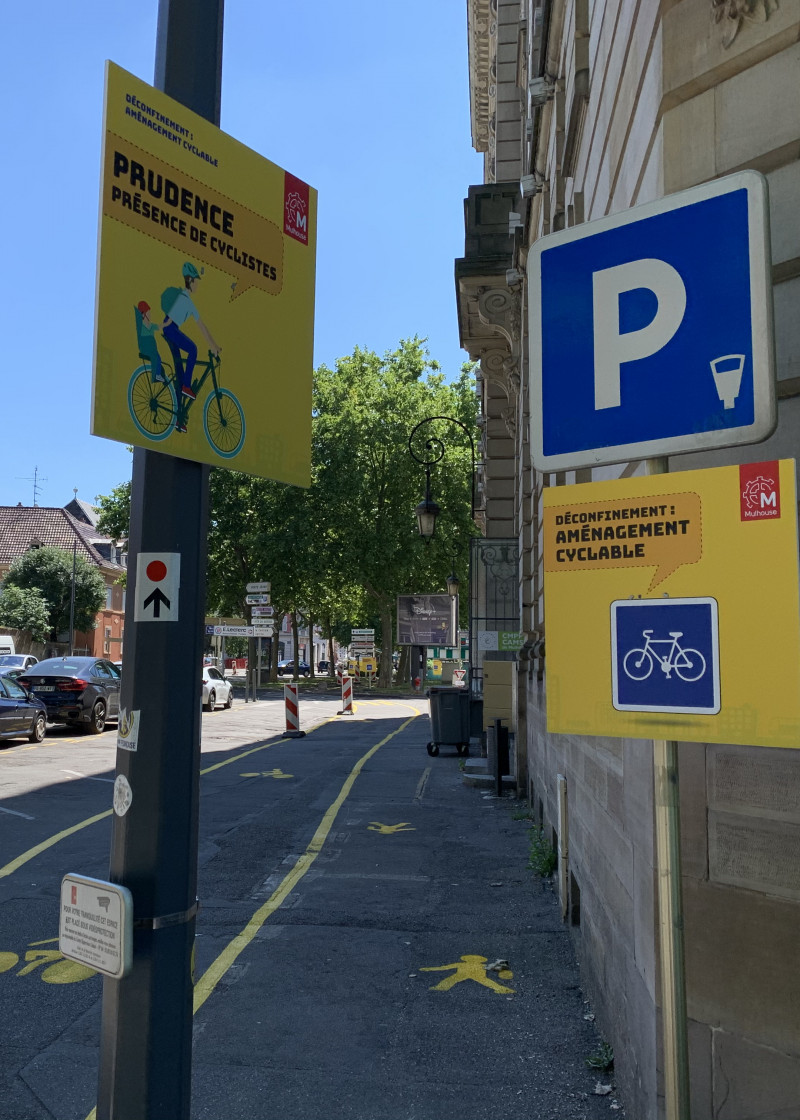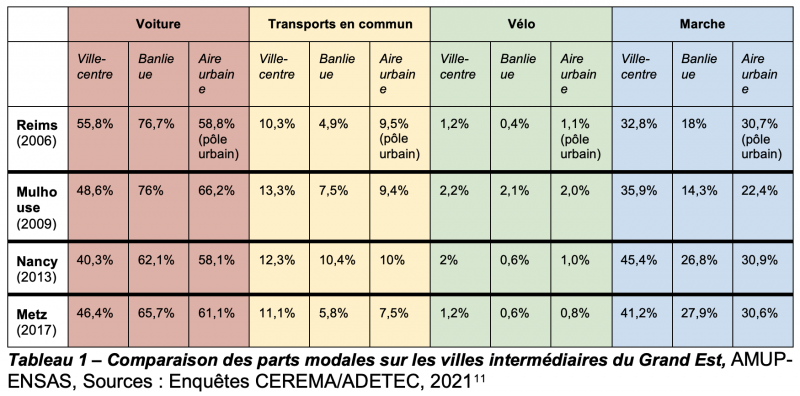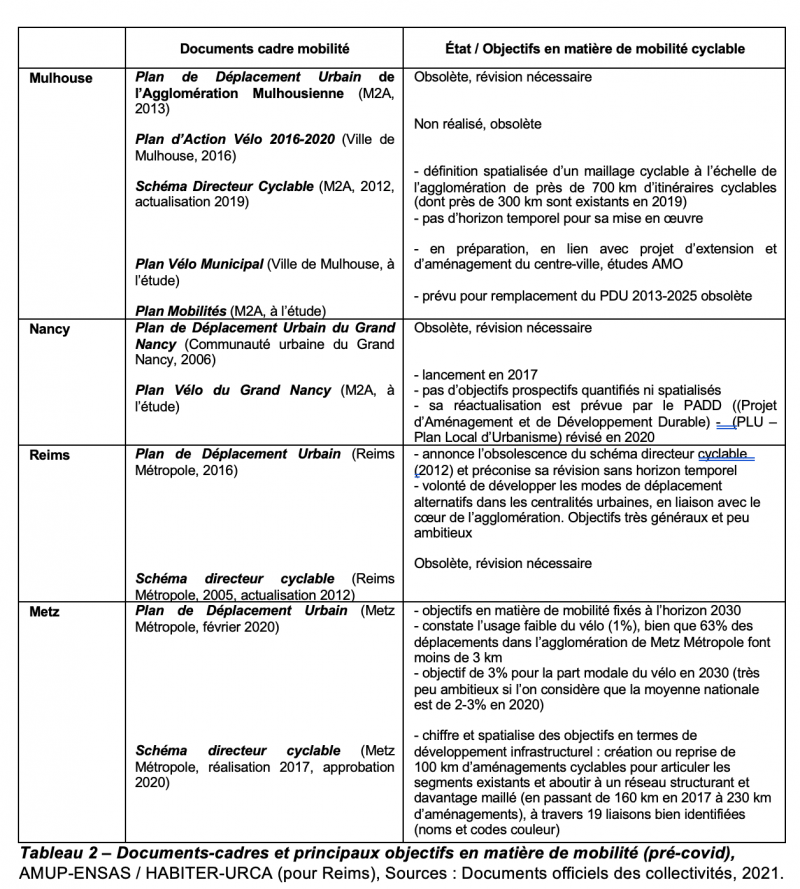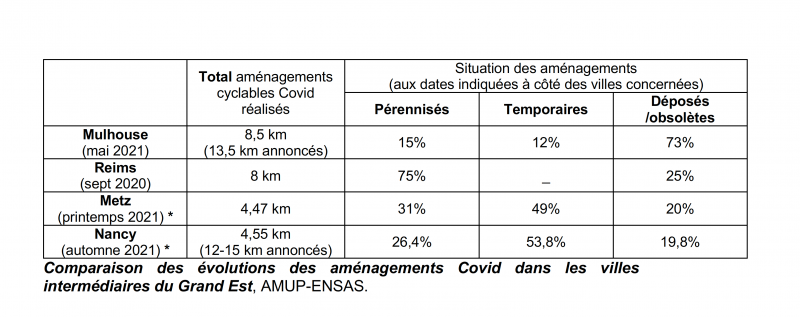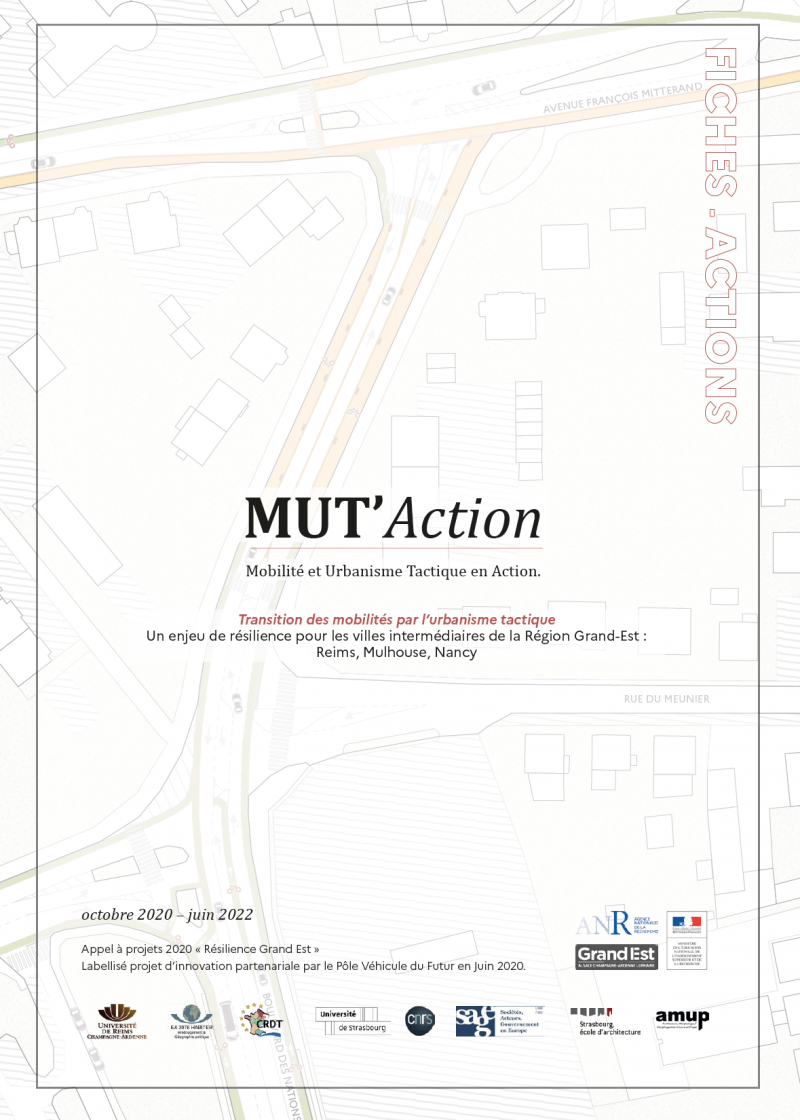Projet de Ville Durable, Mobilité Cyclable et Urbanisme Covid dans les Villes Intermédiaires Françaises du Grand Est
While the Covid 19 pandemic poses social distancing as the first collective sanitary measure, various more or less temporary urban developments have appeared since March 2020, modifying street space, notably in favor of soft modes of travel. This "crisis urbanism", mainly studied at the level of large French and international metropolises, is also emerging in the context of intermediate cities with specific territorial dynamics. What are the characteristics of this form of urban production? And can it be a vector of transition and sustainability in these intermediate cities?In France, these urban areas of 200,000 to 500,000 inhabitants perform functions similar to those of metropolises, but with a regional influence. Three hypotheses justify the use of intermediate cities to structure our investigation:
(1) First, many of them still face a strong domination of the car, despite the objectives they have set themselves;
(2) Second, because of their role as intermediary poles between metropolitan areas and peripheral areas, they can play a nodal role in the transition of territories, and in particular of mobility;
(3) Finally, they were a priori less exposed than the large cities/metropolises to the ideas and practices of tactical, temporary, transitional urbanism before the arrival of the pandemic.
In this context, we question the possible contributions of "pandemic urbanism" to sustainable mobility in intermediate cities. If the Covid 19 "moment", understood as a context of double health and ecological crisis, seems to offer an opportunity to question the status quo and to bring the "tactical" approach - as it has been disseminated in the literature and the media - into the toolbox of these communities, what is the reality on the ground? Are we seeing a transition to more sustainable mobilities?




